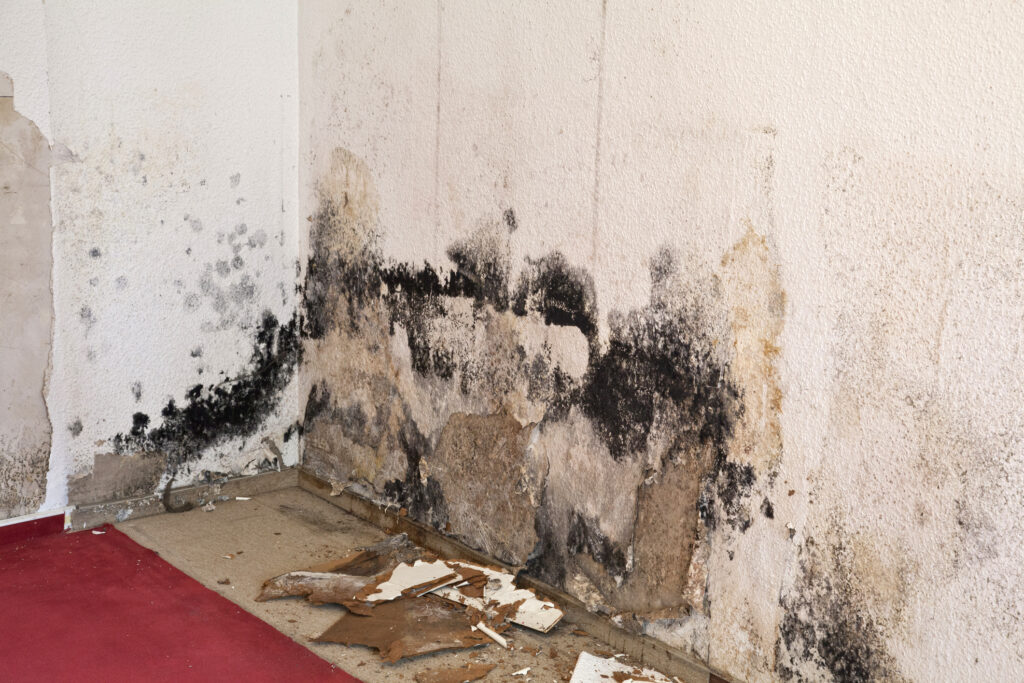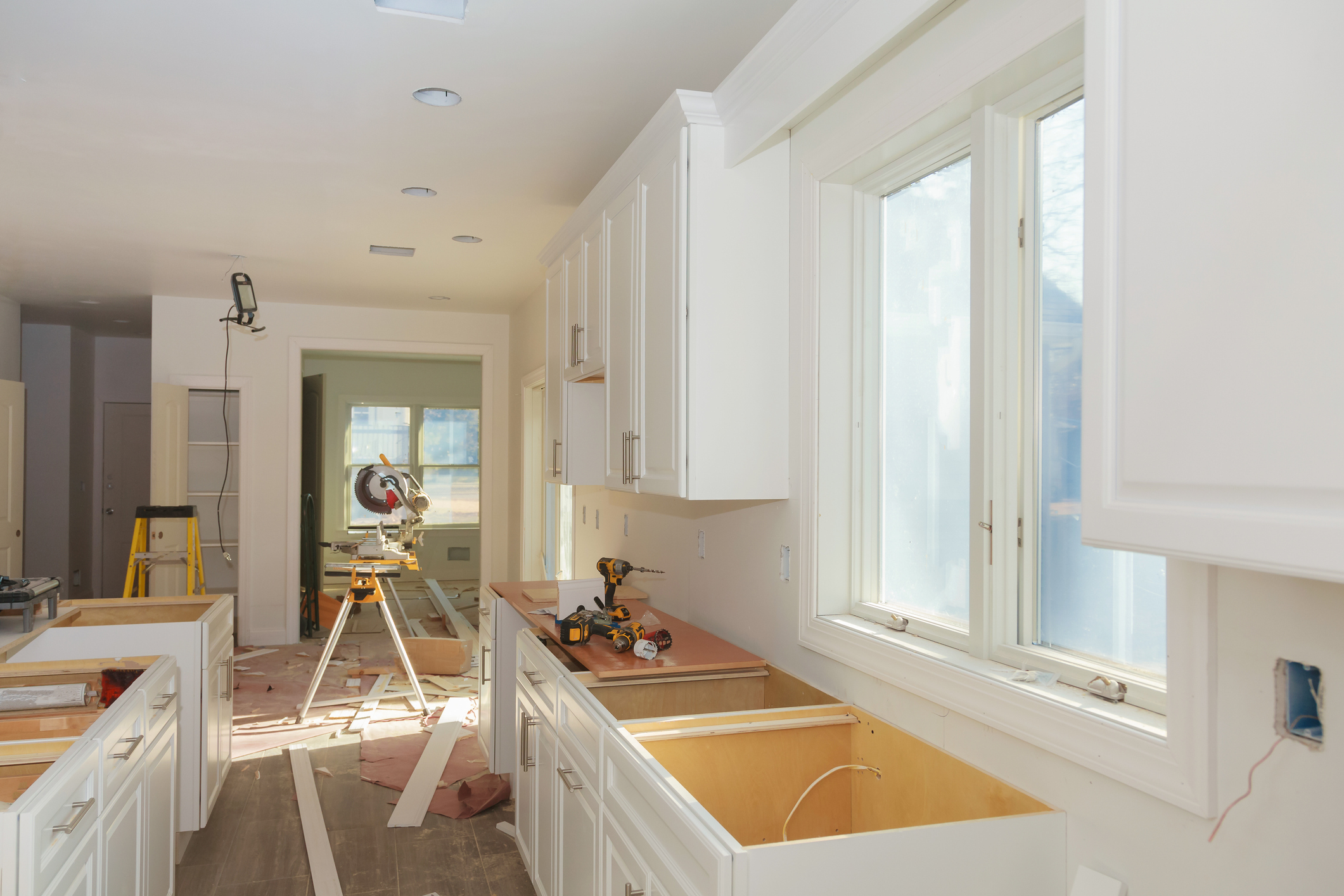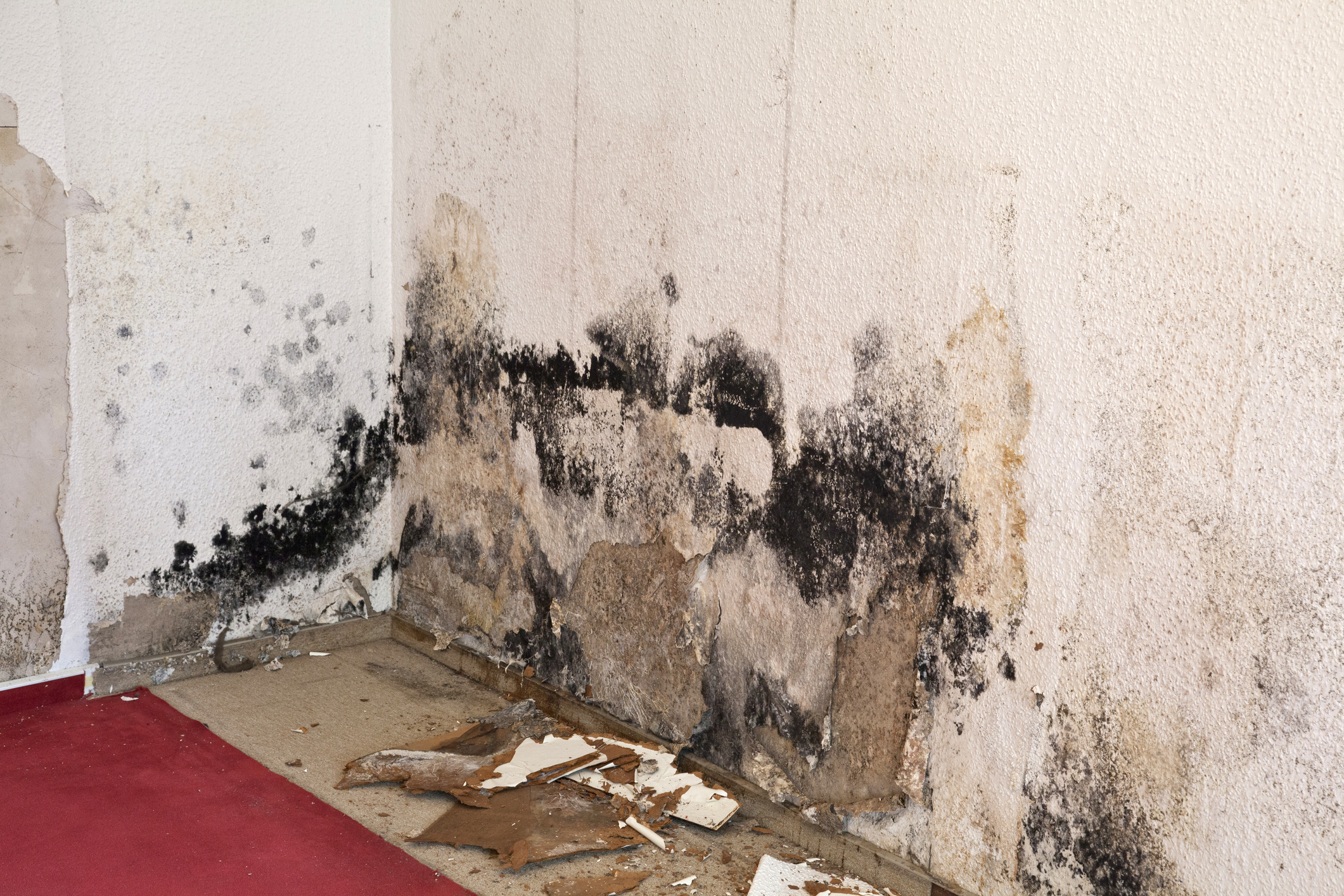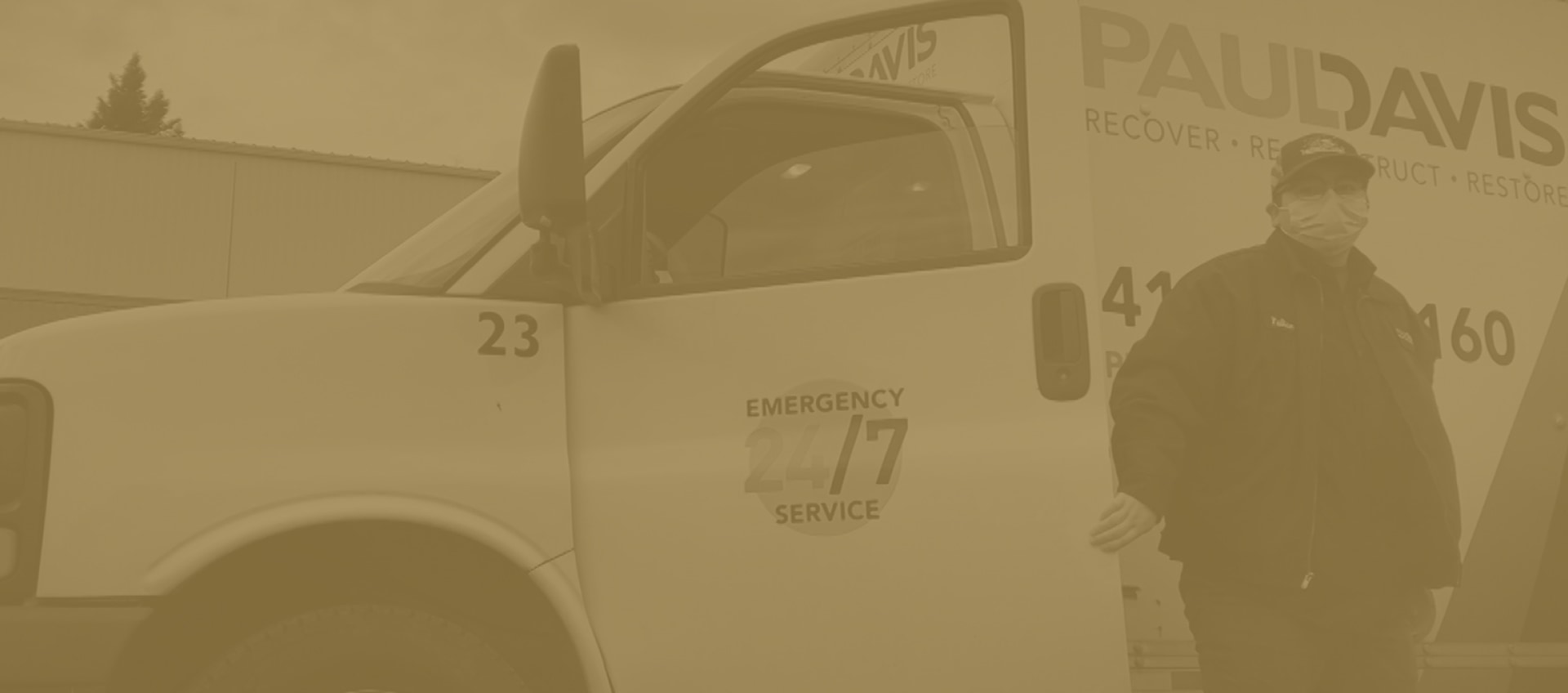
Living on the Delmarva Peninsula comes with the beauty of coastal life and the challenges of saltwater flooding. Whether it’s from heavy rainfall, a severe storm, or hurricane activity, saltwater flooding can leave homes in Salisbury, MD, Dagsboro, DE, and surrounding areas vulnerable to damage. One of the most pressing issues from saltwater flooding is mold growth. Mold thrives in wet environments, and saltwater introduces unique challenges that worsen the problem.
Why Is the Delmarva Peninsula Affected by Saltwater Flooding?
The Delmarva Peninsula’s proximity to the Atlantic Ocean and Chesapeake Bay makes it highly susceptible to saltwater flooding. Coastal storms can push seawater far inland, while heavy rainfalls often overwhelm drainage systems. Hurricanes and tropical storms increase the risk, causing storm surges and raising water levels in surrounding bays and rivers.
Saltwater flooding isn’t just a problem for the homes closest to the shore. Rising sea levels and tidal fluctuations mean even properties miles inland can experience flood damage under the right conditions. Unfortunately, saltwater flooding can do more than saturate your home — it can create conditions perfect for mold to spread rapidly.
Differences Between Salt Water & Fresh Water Flood Damage
Flood damage isn’t all the same. Saltwater flooding is typically more destructive than freshwater due to its corrosive properties. The salt content in seawater can deteriorate materials like wood, metal, and concrete much faster than freshwater.
Here’s how saltwater damage differs:
- Corrosion: Salt accelerates the rusting process, which can weaken the structural integrity of metal components in your home, including pipes and wiring.
- Absorption: Porous materials, like drywall and wood, absorb salt, making them retain moisture longer. This increases the risk of mold growth and structural weakening.
- Staining: Salt deposits left behind after water recedes can permanently stain surfaces, leading to cosmetic damage that often requires replacement or extensive repairs.
By contrast, freshwater lacks the corrosive salt content, which often makes cleanup and restoration less complex.
How Salt Water Causes More Mold
Mold thrives in moist, nutrient-rich environments, and saltwater flooding creates an ideal breeding ground. Here’s why mold is more likely to develop after saltwater exposure:
- Extended Moisture Retention: Salt absorbs and holds onto water, which keeps building materials damp for longer periods. Mold only needs 24 to 48 hours to start growing, so prolonged moisture gives it plenty of time to spread.
- Weakened Materials: Saltwater weakens building materials, creating cracks and crevices where mold can take hold.
- Nutrient-Rich Residue: The organic particles in saltwater provide nutrients for mold, giving it an extra boost compared to freshwater flooding.
Without proper remediation, these factors can lead to extensive mold growth, affecting air quality and potentially causing health issues for your family.
Schedule Mold Remediation in the Delmarva Peninsula With Paul Davis Today
Mold growth after saltwater flooding isn’t something you should tackle on your own. Professional remediation is essential to fully address the damage and prevent future issues. At Paul Davis Restoration of the Delmarva Peninsula, we’re experts in handling water damage and mold caused by saltwater flooding. With over 50 years of experience and industry-leading certifications, our team is equipped to restore your home quickly and safely.
Don’t let saltwater flooding lead to lasting mold damage. Contact Paul Davis Restoration of the Delmarva Peninsula today for a free estimate!




